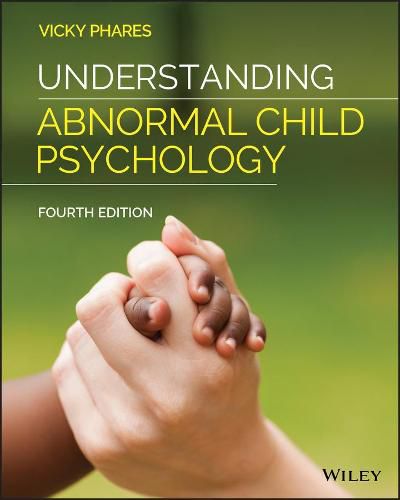Readings Newsletter
Become a Readings Member to make your shopping experience even easier.
Sign in or sign up for free!
You’re not far away from qualifying for FREE standard shipping within Australia
You’ve qualified for FREE standard shipping within Australia
The cart is loading…






In Understanding Abnormal Child Psychology, students will learn about both normative and abnormal development throughout children’s lives. Consistent with previous editions, several themes run throughout the book:
Developmental psychopathology: Children’s and adolescents’ behaviors are on a continuum (from very adaptive to very maladaptive), with only the very severe ends of the spectrum being conceptualized as disorders. Diversity, inclusion, and understanding: Special attention is given to issues of race/ethnicity, gender, family constellation, religious orientation, primary language, socioeconomic status, and physical differences to help students see the commonalities and differences of abnormal child behavior within a cross-cultural and international context.
New to the 4th edition
Completely revised in both structure and content to reflect the DSM-5 Increase coverage of risk factors related to long-term effects of sexual abuse and bullying. Increased coverage of diversity to include new diversities that have emerged as important, i.e. transgender children New research on suicide and suicide prevention
$9.00 standard shipping within Australia
FREE standard shipping within Australia for orders over $100.00
Express & International shipping calculated at checkout
In Understanding Abnormal Child Psychology, students will learn about both normative and abnormal development throughout children’s lives. Consistent with previous editions, several themes run throughout the book:
Developmental psychopathology: Children’s and adolescents’ behaviors are on a continuum (from very adaptive to very maladaptive), with only the very severe ends of the spectrum being conceptualized as disorders. Diversity, inclusion, and understanding: Special attention is given to issues of race/ethnicity, gender, family constellation, religious orientation, primary language, socioeconomic status, and physical differences to help students see the commonalities and differences of abnormal child behavior within a cross-cultural and international context.
New to the 4th edition
Completely revised in both structure and content to reflect the DSM-5 Increase coverage of risk factors related to long-term effects of sexual abuse and bullying. Increased coverage of diversity to include new diversities that have emerged as important, i.e. transgender children New research on suicide and suicide prevention